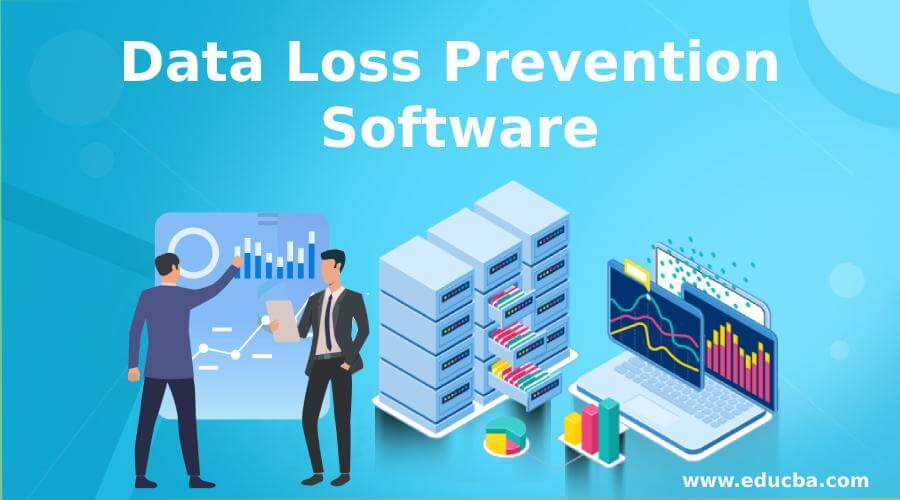Data loss prevention is a critical security element that many organizations need to improve. It can prevent personally identifiable information (PII) leaks, protect intellectual property and ensure compliance with regulations.
A DLP solution can identify and monitor sensitive data at rest, in use and motion. It can also provide reporting that helps companies meet regulatory requirements.
Security
Data loss prevention is a crucial part of any effective security program. Whether you need to protect sensitive customer or employee information or ensure compliance with regulatory authorities like GDPR and CCPA, DLP is an essential tool.
DLP solutions use detection techniques to identify and block inappropriate data access. These include content analysis, rule-based matching, partial document match and statistical analysis.
Besides protecting data in motion, DLP software helps prevent leakage from user endpoints such as mobile devices or laptops. This means monitoring endpoints for suspicious events and alerting security teams if these occur.
If you are considering implementing DLP in your organization, choosing a solution that meets your unique requirements is essential. There are many different DLP solutions on the market, and finding the right one requires understanding how your environment works.
Answering these questions can help you find the best fit for your needs and budget. Once you have decided on a DLP solution, it is time to create a solid strategy and roll out a security program.
A DLP plan should cover all aspects of your network, including email and cloud applications. It should also incorporate employee training and awareness. This way, employees understand their responsibilities and will be less likely to misuse data.
Compliance
A significant benefit of implementing DLP software in your organization is that it will help you meet compliance regulations. These include HIPAA, GLBA, PCI DSS, SOX and FISMA.
DLP solutions help you comply with these laws and regulations by providing central control over sensitive data. They identify suspicious data transfers, block them and alert security teams. They also allow you to set policies, grant or revoke access and generate compliance reports that are easy for business leaders to understand.
To maximize the compliance benefits of a DLP solution, it is important to plan and execute your DLP program properly. This includes determining the main objectives of your organization, establishing a strategy and planning for implementation and deployment.
The first step in developing an effective DLP program is to create a comprehensive data protection policy. This will ensure that all employees understand how to handle sensitive data and the rules and responsibilities they must follow.
A DLP solution will help you achieve these goals by performing content and context analysis to detect sensitive data. It also performs data classification to deliver accurate results and continuously monitors new instances of sensitive data in real-time.
A DLP solution will help you protect your valuable intellectual property, control data movement on endpoints and networks, and ensure regulatory compliance. It can do this through different DLP deployment architectures, such as content and context-based detection, automated classification, data remediation, and egress controls.
Efficiency
DLP software automatically detects sensitive data as it moves across networks and devices and then takes action to protect it. That may include encrypting, quarantining, or blocking it from leaving your network.
Depending on your organization’s specific needs, you should implement DLP solutions that scan email, instant messages, or files for sensitive information. Some DLP products can also be incorporated into your network management tools to monitor and enforce security policies that prevent data loss.
The first step in implementing DLP is identifying which data systems are critical to your business and determining whether you need a standalone or integrated solution. You should also establish a budget and a plan for deploying the solution in-house or with an outside provider.
Another step is to conduct a risk analysis and inventory of your data. This will help you prioritize the types of data and communication channels you must address to implement DLP software components or modules as required.
You’ll also need to implement a policy that protects sensitive data in the first place and define the types of actions that your DLP solution should take if it detects that data has been lost or improperly used. This will make your implementation of DLP much more efficient.
Reduced Costs
DLP technology is an effective tool to protect your data and ensure compliance with privacy regulations, like GLBA and HIPAA. In addition to protecting personally identifiable information (PII) helps safeguard your trade secrets, intellectual property and other business assets.
Although the early adoption of DLP technology was slow, it has matured into comprehensive solutions that provide a complete solution to the data loss and leakage problems enterprises face today. As a result, it is one of the top IT spending priorities for many organizations.
To prevent data breaches, DLP technologies must be able to detect data at all points of the data journey. This means monitoring users, applications, systems and events.
Moreover, DLP solutions need to be able to classify and control data. This can involve content inspection or context analysis.
While choosing DLP solutions, you must select the right tools that meet your business requirements and budget. Various vendors offer different tools to cover a range of DLP needs.
For example, McAfee offers a data loss prevention suite that covers endpoints, data centers and cloud computing. They also provide incident management and reporting. The McAfee DLP suite is best suited for businesses that need a robust tool to keep sensitive data secure from unauthorized access, leakage, and exfiltration.
